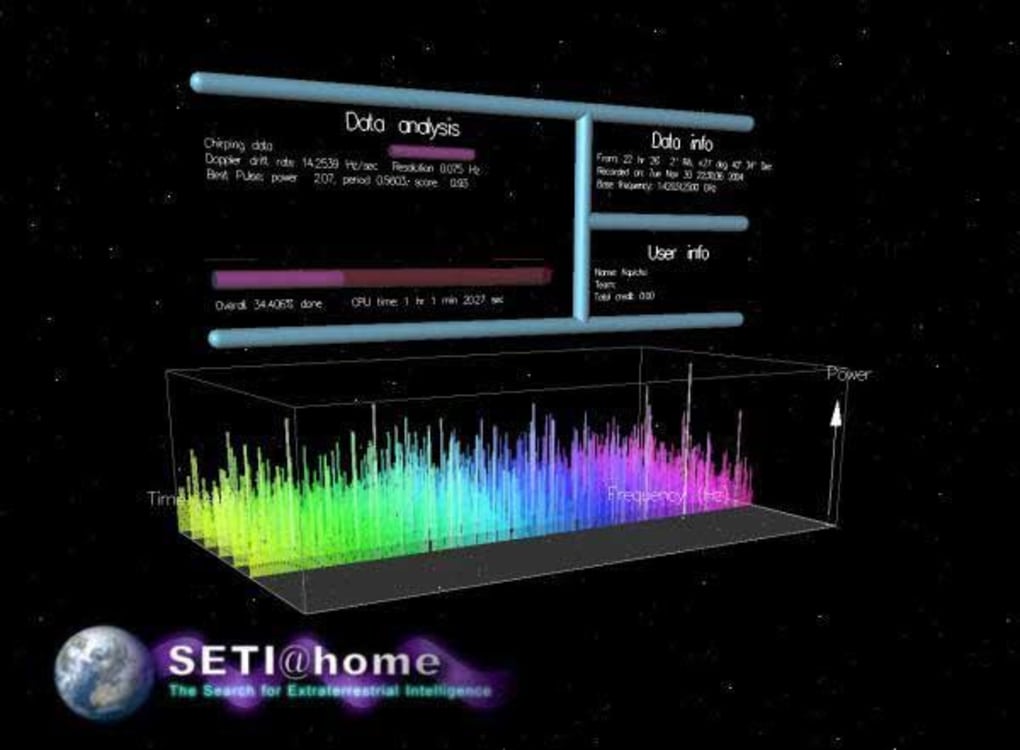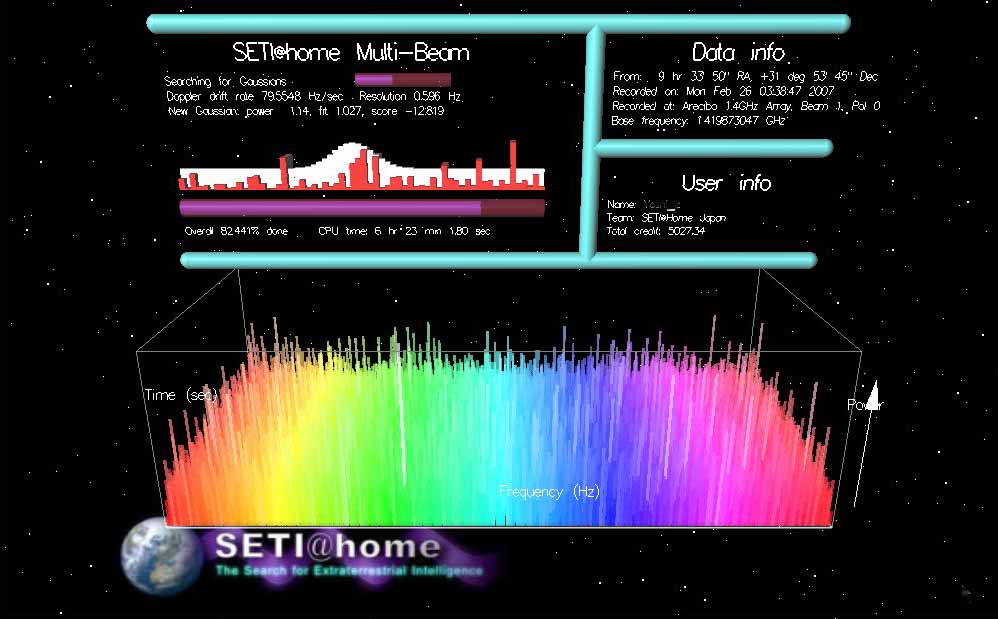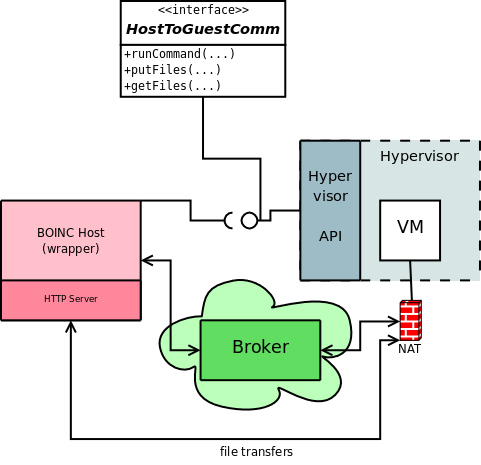

- #BOINC VIRTUALBOX HOW TO#
- #BOINC VIRTUALBOX DRIVERS#
- #BOINC VIRTUALBOX DRIVER#
- #BOINC VIRTUALBOX SOFTWARE#
- #BOINC VIRTUALBOX WINDOWS#
In the mean time I am finding this to be more cumbersome than useful. Pretty much, there will need to be some form of end-user setup for this for at least the foreseeable future.
#BOINC VIRTUALBOX DRIVER#
You have to make sure the standard GPU driver on the host side doesn't bind to or initialize the GPU you want to pass through, and you have to have things configured just right inside the VM too so that it doesn't do anything that would cause the passed-through GPU to mess things up for the host OS (GPU initialization is extremely complicated compared to most other hardware). Regardless, there's more involved than just flipping a switch in the hypervisor on a system with proper IOMMU support.
#BOINC VIRTUALBOX DRIVERS#
The typical design used by most hypervisors doesn't actually use GPU pass through, but does OpenGL translation/emulation in such a way that the display output gets composited properly (IOW, the VM display window looks to the host system's drivers like any other windowed OpenGL app), which in general means that OpenCL, CUDA, and Vulkan aren't really supported for anything but GPU passthrough. Other hypervisors might have some form of sharing, but I don't think it's very likely that it will properly support OpenCL or CUDA (or Vulkan for that matter).

Note that the VirtualBox approach is all or nothing, as is the mechanism used by QEMU and Xen. It's non-trivial to detect from userspace of course, but you can in theory check the kernel logs to see if it's there or not. Last I checked, the NVIDIA drivers refuse to work with GPU's they detect as 'virtualized' (which includes Xen's GPU support, and QEMU and VirtualBox passthrough) unless they're Quadro branded cards.Īs far as the presence of IOMMU support (VT-d is just Intel's fancy branding for an IOMMU), the Linux kernel itself knows whether it's there or not, and reports it in the kernel logs. See also Understanding VT-d: Intel Virtualization Technology for Directedīeyond all of that, there's driver issues too.
#BOINC VIRTUALBOX SOFTWARE#
Virtualization software, the system software is the native OS.ĭMA-remapping translates the address of the incoming DMA request to theĬorrect physical memory address and perform checks for permissions toĪccess that physical address, based on the information provided by the In a native environment where there is no It is programmedīy the computer s ystem software. Peripheral I/O devices and the computer’s physical memory. The VT-dĭMA-remapping hardware logic in the chipset sits between the DMA capable This isĪchieved by a hardware capability known as DMA-remapping. Of the devices to pre-assigned domains or physical memory regions. *Intel VT-d enables protection by restricting direct memory access (DMA) Intel platforms for efficient virtualization of I/O devices It's not built into the CPU, but into the CPU's chipset (on theįrom Intel Virtualization Technology for Directed I/O (VT-d): Enhancing On Mon, at 3:42 PM, Jord van der Elst > wrote: See also Understanding VT-d: Intel Virtualization Technology for Directed I/O DMA-remapping translates the address of the incoming DMA request to the correct physical memory address and perform checks for permissions to access that physical address, based on the information provided by the system software. In a native environment where there is no virtualization software, the system software is the native OS.

In a virtualization environment the system software is the VMM. It is programmed by the computer s ystem software. The VT-d DMA-remapping hardware logic in the chipset sits between the DMA capable peripheral I/O devices and the computer’s physical memory. This is achieved by a hardware capability known as DMA-remapping.

Intel VT-d enables protection by restricting direct memory access (DMA) of the devices to pre-assigned domains or physical memory regions. It's not built into the CPU, but into the CPU's chipset (on the motherboard).įrom Intel Virtualization Technology for Directed I/O (VT-d): Enhancing Intel platforms for efficient virtualization of I/O devices Reply to this email directly, view it on GitHub You are receiving this because you authored the thread. The major one is the right CPU (and motherboard of course), one that There are hardware requirements to do all this.
#BOINC VIRTUALBOX WINDOWS#
Running from Linux, read or watch the video on Play games in Windows on
#BOINC VIRTUALBOX HOW TO#
If you want to see how to set this up for playing games in Windows in a VM That's not the switch, but Kernelĭoes support using a GPU this way, but only on Linux and only with PCI and To do is PCI Passthrough in Linux with KVM. Wants to play games without installing Windows on her system. This is something we've been looking into the past weeks, because Holly On Mon, at 2:45 PM, Jord van der Elst > wrote:


 0 kommentar(er)
0 kommentar(er)
